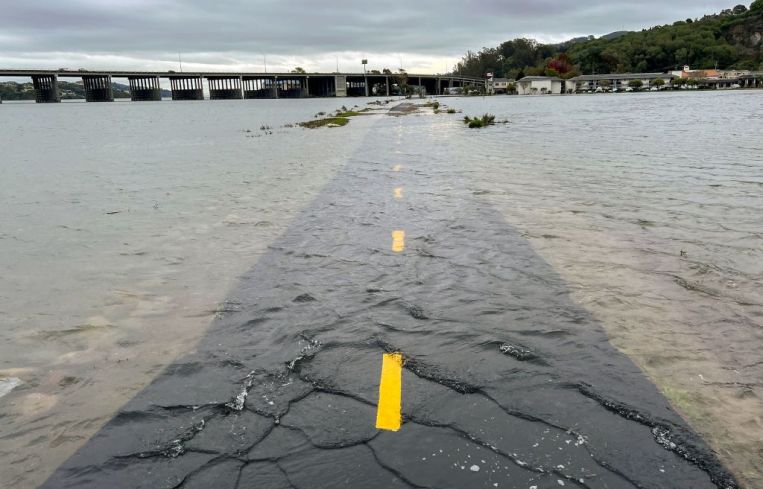Rising Seas Could Reclaim Over 140,000 Tax Parcels in Florida by 2050
Miami-Dade tax base would shrink by $3.8 billion
By Chava Gourarie September 9, 2022 5:20 pm
reprints
Millions of acres and hundreds of thousands of properties are at risk of being swallowed by rising seas by 2050, with Florida, Louisiana and Texas most at risk, according to a new study by the nonprofit Climate Central.
These potential losses would erode property values and shrink tax bases, sapping the financial power of the most heavily affected localities to adapt to the changing coastline.
Florida leads with the number of tax parcels that will be at least partially submerged by the encroaching tidal line, with over 140,000 at risk, while Louisiana leads with the number of fully submerged properties, as well as built properties, facing the same peril.
Climate Central’s study used state-defined tidal lines, which are set by each state individually and derived from National Oceanic and Atmospheric Administration data, to calculate the eroding property tax base on a state and county level.
In Miami-Dade County, for instance, 8,614 parcels with a taxable land value of $2.08 billion will be in the annual flood risk zone by 2030. That number climbs to 14,135 parcels valued at $3.81 billion by 2050, which accounts for 10 percent of the county’s land area. Only Monroe and Charlotte counties in Florida have a higher percentage at risk, per the report.
Florida as a whole has $5.83 billion in land value at risk by 2050, and an additional $1.22 billion in buildings and other improvements, coming in behind only Texas in terms of value.
Compounding the loss in tax revenue, homeowners may object to paying taxes on essentially obsolete parcels, and businesses may petition for lower assessed values if their properties are impaired. In addition, counties and municipalities at risk will have to spend increasingly larger sums on road and infrastructure maintenance, as well as removal of structures deemed precarious and other post-disaster cleanup, resulting in a combination of lower revenue and higher costs, according to the report.
Of course, these projections are all based on current land values. Things may look very different in 2050 — for better or worse. If municipalities invest in mitigation measures and if the population grows for unrelated reasons, the value of the properties and the extent of the flooding could change. On the other hand, if certain tipping points are reached before 2050, there may not be a tax base at all.
Chava Gourarie can be reached at cgourarie@commercialobserver.com.



